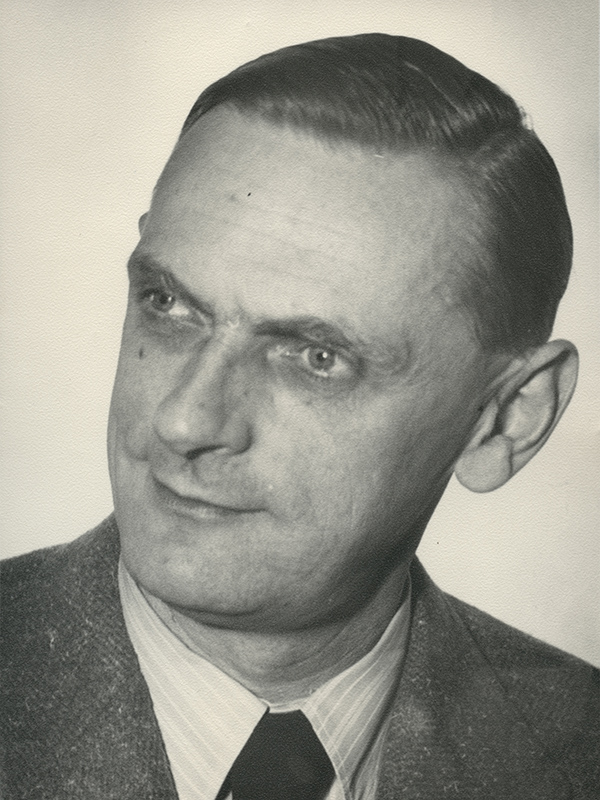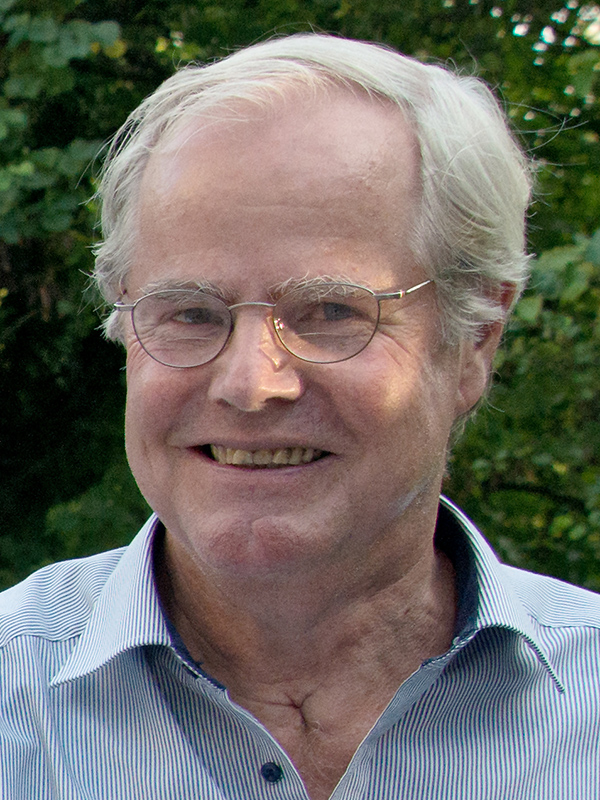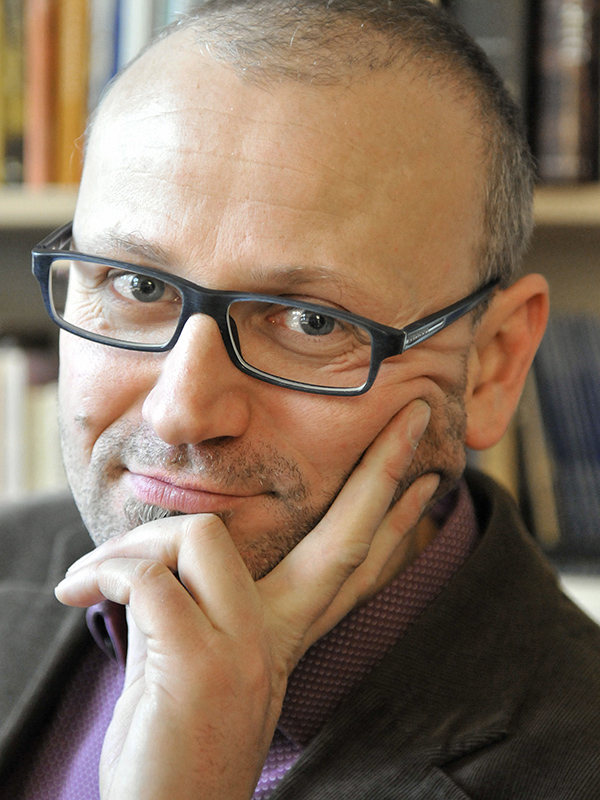The image database of the Frobenius-Institute contains almost 4000 photos of various expeditions to India, taken in the period from 1955 to the present. The photos were digitalized and processed in the house-own photo laboratory and are thus available in a high-resolution digital form.
Via the image database of the Frobenius Institute, a number of visual documents can be researched that are assigned to the Middle India Archive (MIA). However, some photos are not online for privacy reasons, but can be viewed in person durign a visit to the Frobenius Institute (please contact in advance:
 Photo: Frobenius InstituteThe photo collection includes Hermann Niggemeyers's (Frobenius Institute, Frankfurt am Main) photographs from 1955-1956. Most of these nearly 70 photos were taken in the Phulbani district of Odisha (then Orissa) and show Kuttia Kond as well as Pano in various everyday activities as well as at festive occasions, especially at the important buffalo sacrifice (Meria). Many of these pictures are also printed in his major ethnography (1964).
Photo: Frobenius InstituteThe photo collection includes Hermann Niggemeyers's (Frobenius Institute, Frankfurt am Main) photographs from 1955-1956. Most of these nearly 70 photos were taken in the Phulbani district of Odisha (then Orissa) and show Kuttia Kond as well as Pano in various everyday activities as well as at festive occasions, especially at the important buffalo sacrifice (Meria). Many of these pictures are also printed in his major ethnography (1964).
Niggemeyer, Hermann 1964. Kuttia Kond. Dschungel-Bauern in Orissa (Klaus Renner Verlag).
 Photo: Frobenius InstituteThe photographic legacy of Georg Pfeffer (University of Heidelberg, since 1995 Free University of Berlin) has also been added to the database of the Middle India Archive. Since the beginning of the 1980s, Georg Pfeffer first made several longer research trips to Odisha, especially to the tribal highlands, and later (until about 2004) almost annually for shorty periods. During this time, he made about 1000 slide images, which were donated to the Frobenius Institute by his family after his death (May 20, 2020). Since 2022, these slides are digitized and entered into the database. The slides show many facets of daily and religious life of various Middle Indian tribal societies (such as Bondo, Dongria Kond, Didaye, Gadaba, Kharia, Koya Gond, Pano) in the Koraput, Rayagada and Phulbani districts. Georg Pfeffer paid speical attention to the documentation of the great ancestral ritual (gotr) of the Gadaba, which he documented, for example, in 1987 and 1988 with numerous photographs. In addition, his legacy also contains photographs from the coastal region of Orissa, where Georg Pfeffer conducted research on the Shasana Brahmins in the 1970s as part of the 1st Orissa Project (DFG funded). Georg Pfeffer almost never published or shared his photographs because he did not consider them to be of high quality. The photographs preserved in the image database of the Frobenius Institute are therefore the only existing evidence of his visual documentation of Middle Indian people.
Photo: Frobenius InstituteThe photographic legacy of Georg Pfeffer (University of Heidelberg, since 1995 Free University of Berlin) has also been added to the database of the Middle India Archive. Since the beginning of the 1980s, Georg Pfeffer first made several longer research trips to Odisha, especially to the tribal highlands, and later (until about 2004) almost annually for shorty periods. During this time, he made about 1000 slide images, which were donated to the Frobenius Institute by his family after his death (May 20, 2020). Since 2022, these slides are digitized and entered into the database. The slides show many facets of daily and religious life of various Middle Indian tribal societies (such as Bondo, Dongria Kond, Didaye, Gadaba, Kharia, Koya Gond, Pano) in the Koraput, Rayagada and Phulbani districts. Georg Pfeffer paid speical attention to the documentation of the great ancestral ritual (gotr) of the Gadaba, which he documented, for example, in 1987 and 1988 with numerous photographs. In addition, his legacy also contains photographs from the coastal region of Orissa, where Georg Pfeffer conducted research on the Shasana Brahmins in the 1970s as part of the 1st Orissa Project (DFG funded). Georg Pfeffer almost never published or shared his photographs because he did not consider them to be of high quality. The photographs preserved in the image database of the Frobenius Institute are therefore the only existing evidence of his visual documentation of Middle Indian people.
Pfeffer, Georg 2019. Lewis Henry Morgan's Comparisons: Reassessing Terminology, Anarchy and Worldview in Indigenous Societies of America, Australia and Highland Middle India (Berghahn Books).
 Photo: Elmer SpaargarenThe Middle India Archive of the Frobenius Institute also contains more than 3000 photographs made by Peter Berger (Free University of Berlin, since 2007 University of Groningen) during his research in India during the years 1999 to 2004. Some of the photographs have been taken bei his wife, Amrei Volkmann. Almost all of the images concern the Koraput region of southern Odisha, the tribal area on which Berger's research focuses. The Koraput plateau is part of the Eastern Ghats and various communities are found in this region. Berger especially worked with the Gutob Gadaba, but the images also show members of other communities, such as the Dombo (petty traders, musicians and formally, weavers), Goudo (herders), Mali (gardeners), Rona (cultivators, formally royal militia), Kamar (blacksmiths) and Kumar (potters) as well as other tribal cultivators like the Gadaba, namely Parenga and Joria. The photographs especially document local rituals and festivals but also show many acivities of daily life, for instance economic practices or the building of houses.
Photo: Elmer SpaargarenThe Middle India Archive of the Frobenius Institute also contains more than 3000 photographs made by Peter Berger (Free University of Berlin, since 2007 University of Groningen) during his research in India during the years 1999 to 2004. Some of the photographs have been taken bei his wife, Amrei Volkmann. Almost all of the images concern the Koraput region of southern Odisha, the tribal area on which Berger's research focuses. The Koraput plateau is part of the Eastern Ghats and various communities are found in this region. Berger especially worked with the Gutob Gadaba, but the images also show members of other communities, such as the Dombo (petty traders, musicians and formally, weavers), Goudo (herders), Mali (gardeners), Rona (cultivators, formally royal militia), Kamar (blacksmiths) and Kumar (potters) as well as other tribal cultivators like the Gadaba, namely Parenga and Joria. The photographs especially document local rituals and festivals but also show many acivities of daily life, for instance economic practices or the building of houses.
Berger's monograph titled Feeding, Sharing and Devouring: Ritual and Society in Highland Odisha, India (de Gruyter 2015) provides detailed ethnographic descriptions concerning the above mentioned topics and communities. The captions of the photographs occasionally also refer to this book ("FSD, page number") to facilitate easy access to the ethnographic data.





